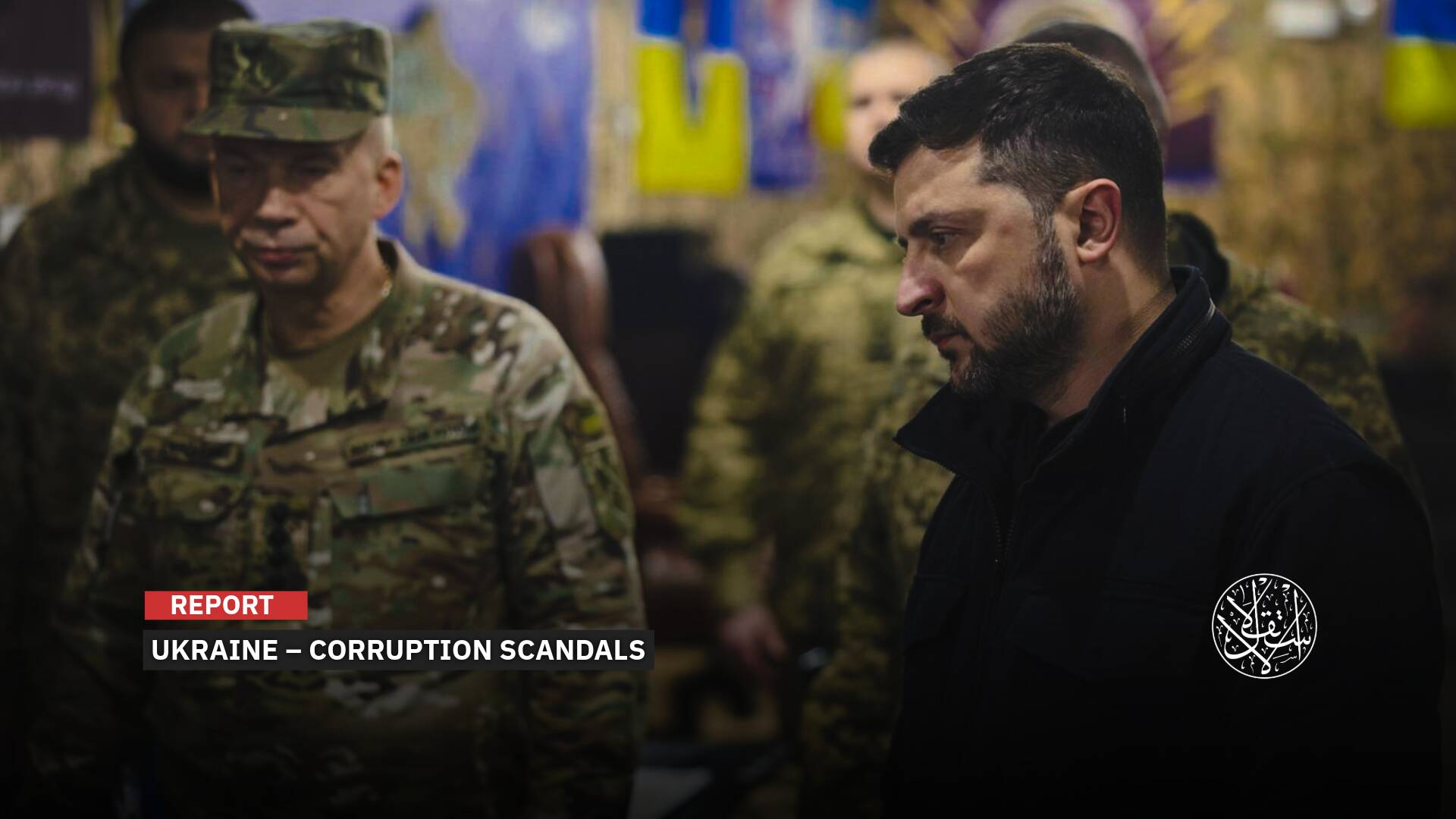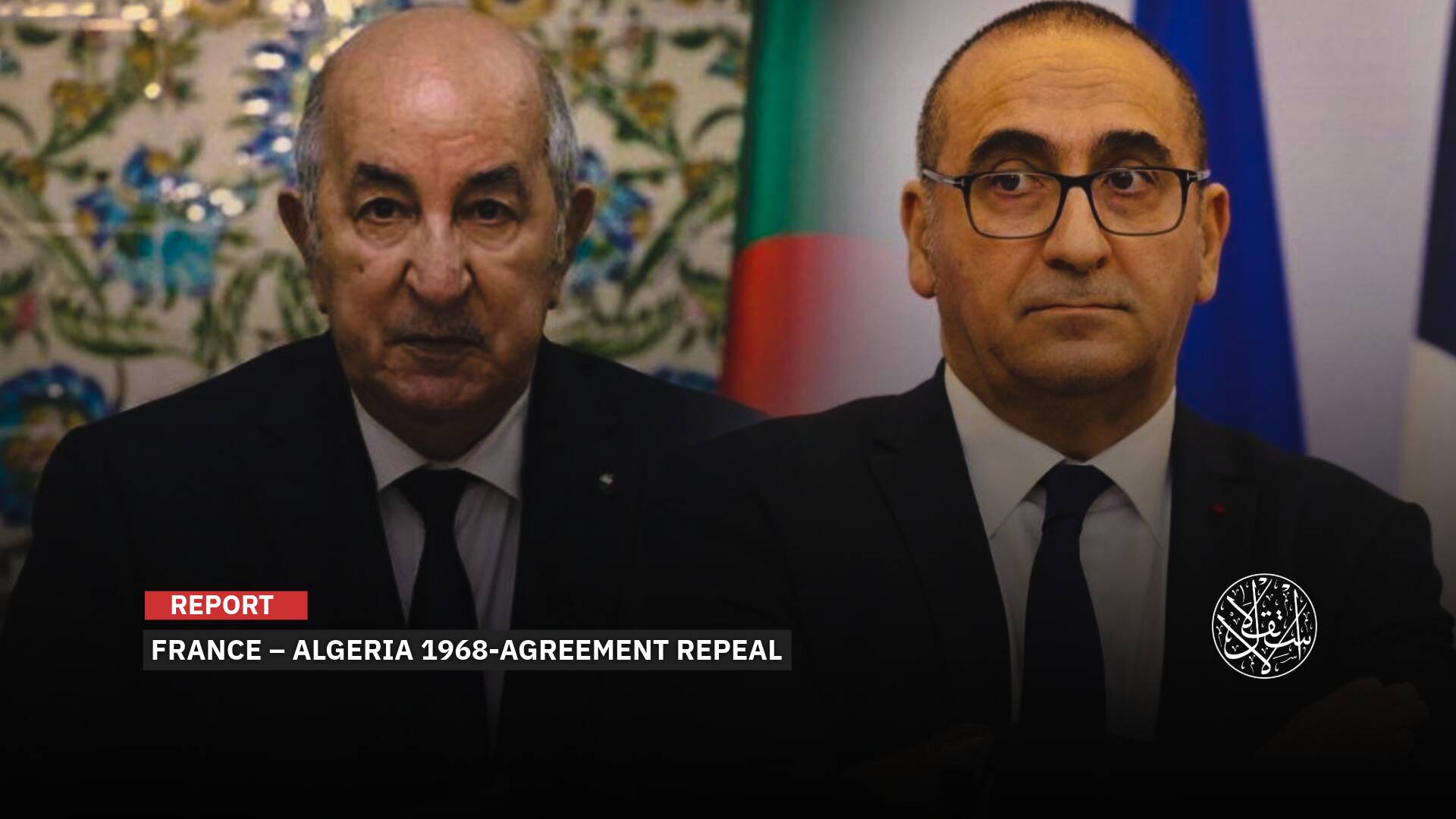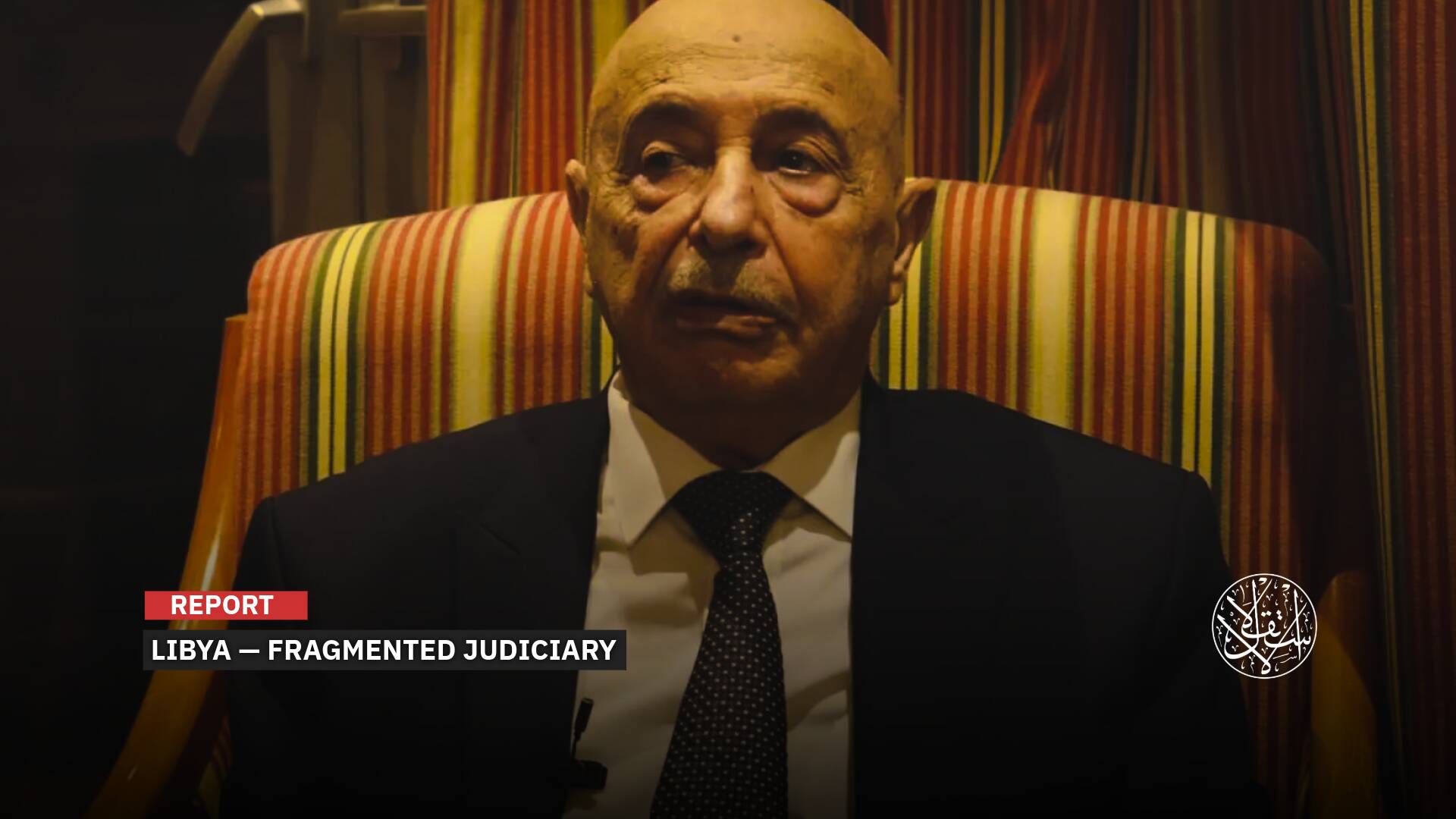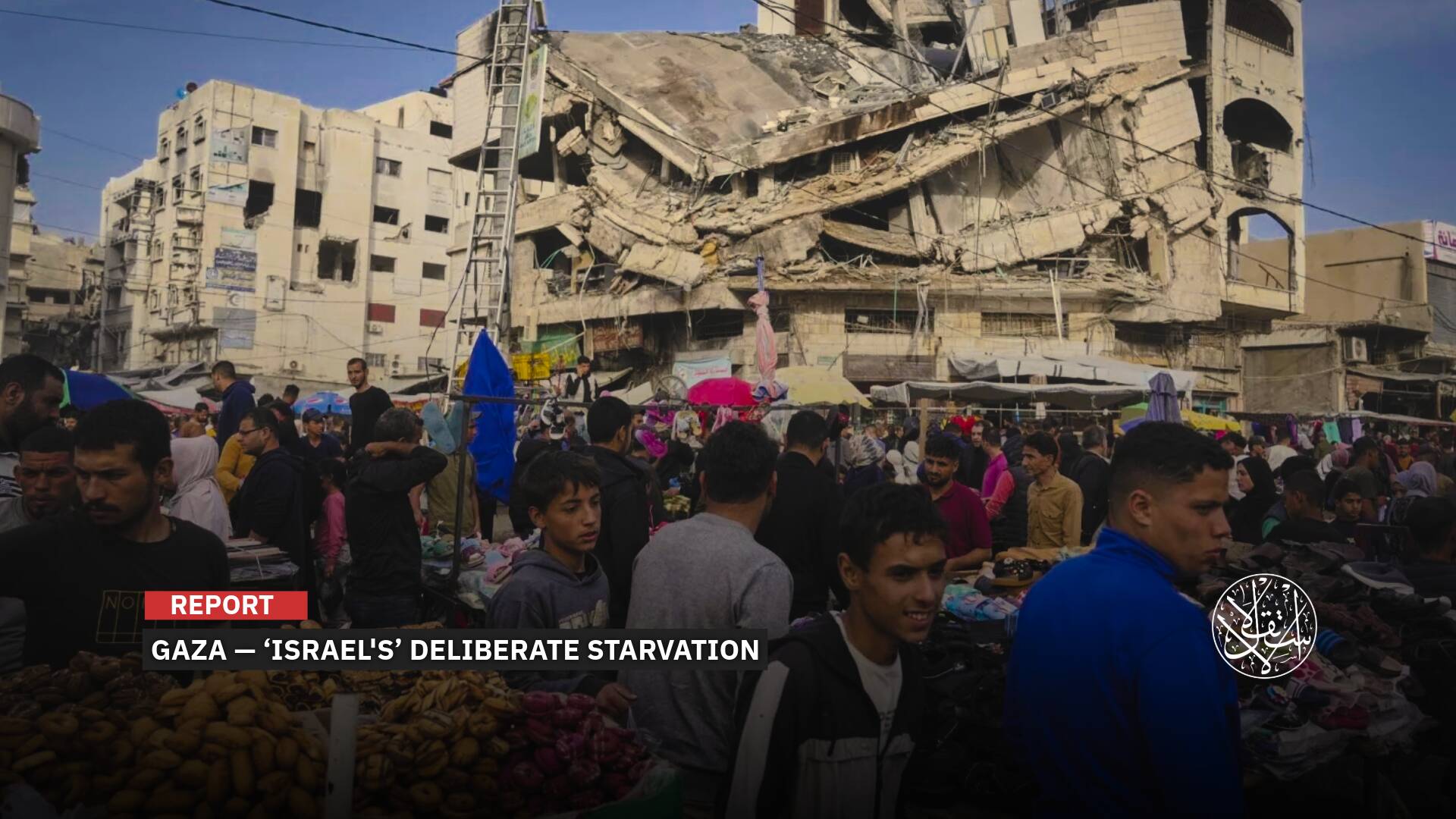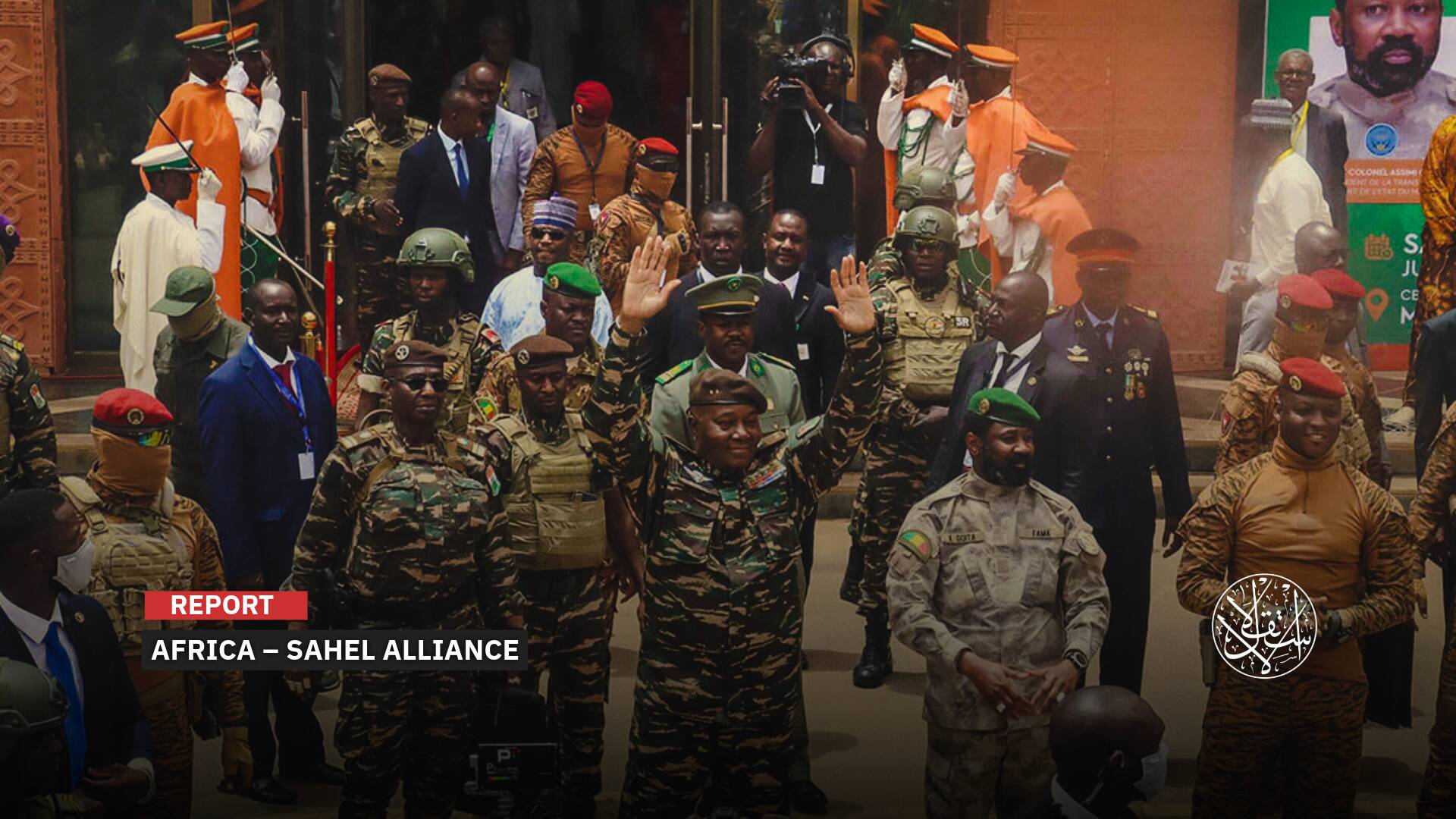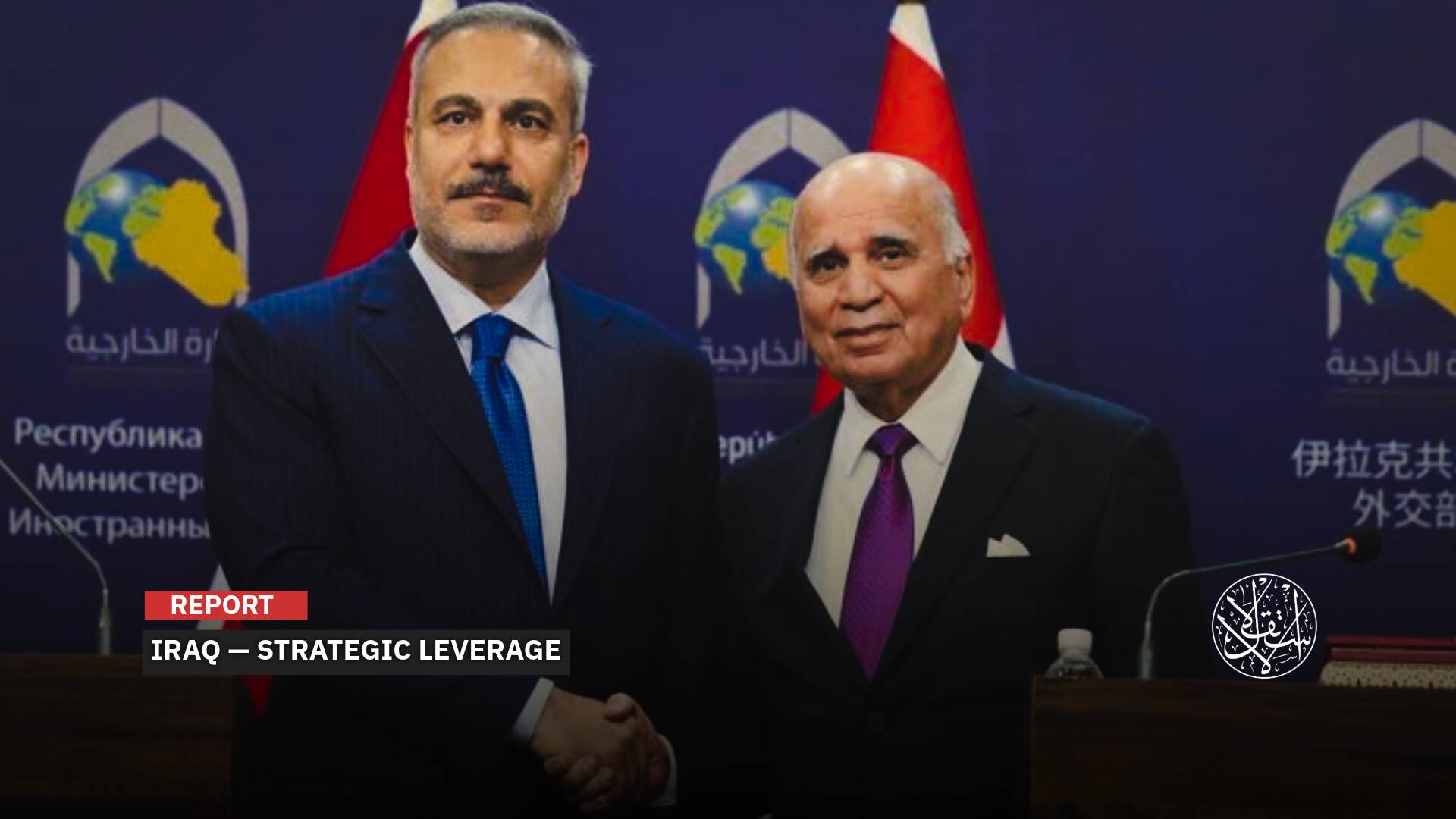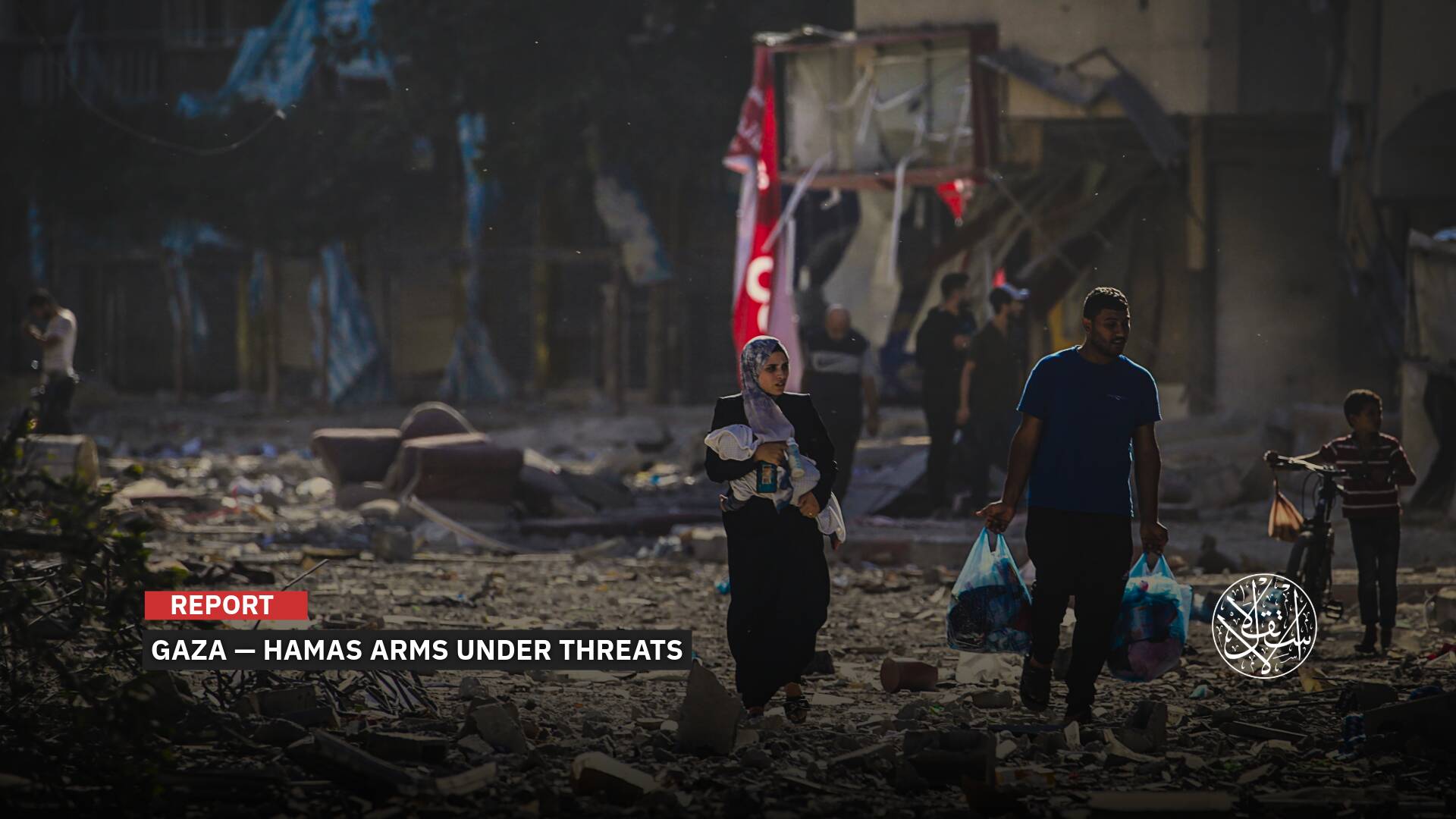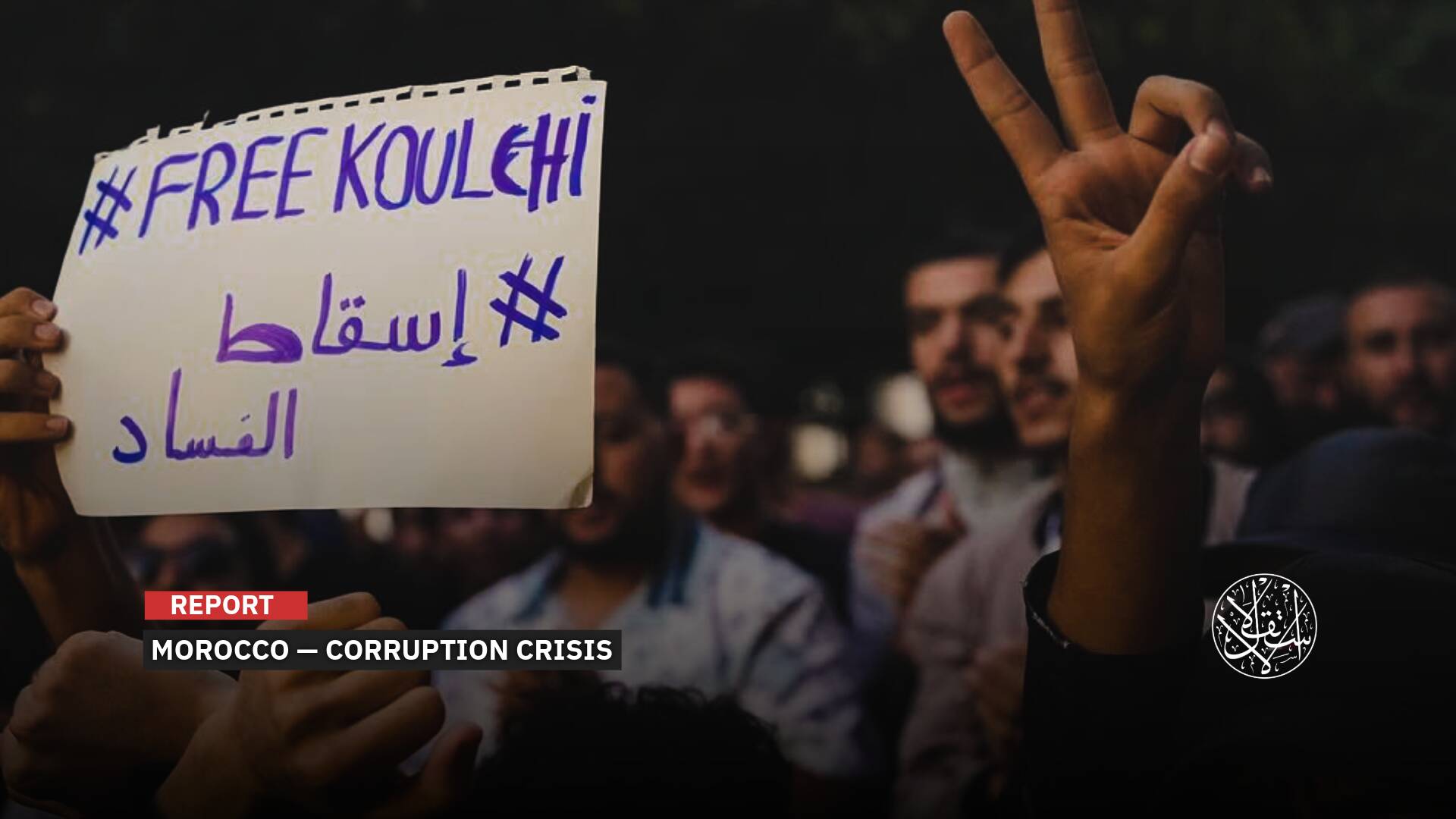Hama's Liberation: A Symbolic Rebirth After Decades of Oppression

For the first time, the people of Hama can testify to the horrors that occurred during Hafez al-Assad's rule.
For the first time in decades, the city of Hama, which witnessed the most brutal massacre in modern Syrian history in 1982 at the hands of Hafez al-Assad's regime, is no longer under the control of his son Bashar, after being liberated by opposition factions as part of Operation Deterrence of Aggression.
On December 5, 2024, the day Hama was freed by Syrian Opposition forces, it marked a symbolic moment for the city’s troubled past, as it was witnessed by Rifaat al-Assad, the 87-year-old former Syrian vice president and brother of the late Hafez, who had long been associated with the massacre that killed thousands.
Hama, located 222 kilometers north of Damascus, is now, once again, beyond the grasp of the al-Assad regime.
Hama’s Liberation
The momentum of opposition forces in Syria has accelerated since November 27, 2024, as part of a military campaign named Deterring the Aggression.
This operation led to the near-total capture of Aleppo from al-Assad’s forces and their militias on November 29.
Amid chants and the ululations of mourning mothers, Hama spent its first night free, liberated by the rebels after shaking off the decades-long grip of tyranny that had weighed on its people since the days of Hafez al-Assad.
After 42 years, the people of Hama finally toppled the statue of Hafez al-Assad in the heart of the city. Just a day before, they had been forced to endure the sight of images and statues of their killers, powerless to do anything but suppress their fury.
Syrian activists described the toppling of Hafez al-Assad's statue in Hama as a "historic moment," marking the permanent breaking of a symbol that had represented the city’s liberation from a tyranny that had oppressed it for more than half a century.
Hama’s escape from al-Assad’s grip, like other Syrian cities, carries profound symbolism for Syrians as a whole. The city is not only a witness to the infamous massacre of 1982, but also a long-standing symbol of resistance, having risen up against the regime as early as the 1960s.
The unrest in Hama dates back to 1964, a year after the military coup that led to the separation from the United Arab Republic.
In the 1960s, Hama became the cradle of a protest movement that began in the city’s high schools, challenging the ruling party of the time.
The regime’s response came swiftly from Amin al-Hafiz, the head of the Revolutionary Command Council, who ordered the bombing of the Sultan Mosque at the height of the popular resistance to Ba'athist ideology.
The regime’s aim was to provoke a religious backlash in a city where, before the 1963 Ba'ath coup, religious life had largely been separate from politics.
The unrest in Hama ebbed and flowed, with the regime's response remaining a brutal cycle of arrests, forced disappearances, and occasional military campaigns that began in 1964.
However, when Hafez al-Assad seized power in a military coup in 1971, he viewed Hama as one of the greatest threats to his rule, keeping a watchful eye on the city, which remained a symbol of resistance against his regime.
Hama Massacre
Hafez al-Assad's regime did not wait long to fabricate a pretext for its brutal crackdown, citing the need to eliminate what it called the "Muslim Brotherhood Rebellion" in Hama—then the stronghold of the movement and its military wing, the "Fighting Vanguard."
In 1982, the al-Assad regime, under the command of Hafez's brother Rifaat and his then Minister of Defence Mustafa Tlass, launched a full-scale military assault on Hama, claiming that it was the stronghold of the Brotherhood in Syria.
On February 2, 1982, Rifaat al-Assad unleashed his fury on the city, with the regime’s forces storming Hama in a campaign of terror that lasted for 27 days.
On February 4, 1982, the first mass slaughter occurred in the southern neighborhood near Hama’s southern entrance.
According to eyewitness accounts, the invading forces, led by Rifaat al-Assad, executed around 1,500 residents of this area, with entire families wiped out in field executions.
By February 26, 1982, the regime's forces had breached the homes of the city’s residents, rounding up around 1,500 people and transporting them to the southern outskirts of Hama, where they were executed in mass killings on Rifaat al-Assad's direct orders.

After the series of massacres, the people of Hama were coerced into marching in support of Hafez al-Assad, parading down the city's "8th of March Street" amidst the rubble.
With their voices choked with fear and despair, they shouted, "With our souls, with our blood, we sacrifice for you, Hafez."
Following what became known as the "Sea of Blood," Rifaat al-Assad earned the grim title of "The Butcher of Hama" for issuing the orders that led to the slaughter of an estimated 40,000 Syrians in Hama, according to the Syrian Human Rights Committee.
The regime also destroyed nearly a third of the city’s neighborhoods, leaving the city in ruins.
The gruesome details of the massacre remain vivid, recounted by witnesses and their children. Members of the notorious Sarayat al-Difaa (Defense Brigades), led by Rifaat, would storm homes, executing entire families by shooting.
Looting followed the carnage; soldiers under Rifaat’s command would steal valuables, including gold bracelets from the arms of women.
Eyewitnesses have reported that officers would amputate women’s hands to strip them of their jewelry.
The horrors also extended to mass executions of worshippers in mosques, followed by the burning of their bodies.
On the 40th anniversary of the massacre, the Syrian Network for Human Rights called for accountability, urging efforts to uncover the fate of “some 17,000 others being classified as missing persons” since 1982.
In 2011, Hama once again became a flashpoint in the Syrian uprising.
As protests erupted against Bashar al-Assad’s regime, the city’s streets filled with millions of demonstrators, gathering in the iconic Assi Square, chanting for the fall of Bashar.
Revolutionary slogans, including "Come on Bashar, leave," became an enduring anthem of the Syrian revolution.
The legacy of the Hama Massacre remains a stark reminder of the brutality of Hafez al-Assad, a brutality that was perpetuated by his son Bashar, who has been responsible for massacres of his own, killing at least 700,000 Syrians since 2011.
In Hama, almost every family has lost a father, son, daughter, brother, mother, or wife.
Particularly since the failure to hold Hafez al-Assad accountable for the Hama Massacre encouraged Bashar to quickly follow in his footsteps, even surpassing both his father and uncle in the number of massacres carried out across Syria.

Notably, in an attempt to distort the true causes of the Syrian revolution and undermine its legitimacy, Bashar al-Assad sought to justify the suppression of the uprising during a meeting in Damascus on Teacher's Day in 2022 by linking it to the events of the 1980s in Hama.
He urged teachers to instruct their students that "there is a connection between this war and the one fought in the 1980s against the Muslim Brotherhood, who carried out terrorist operations."
Documenting Testimonies
The liberation of Hama by Syrians on December 5, 2024, has shattered all of Bashar al-Assad's plans to erase the traces of the crime and conceal its horrors, at least for the current generation.
With the liberation of the city from al-Assad's grip, human rights advocates say it now opens the door to uncovering the details of that massacre, which will confirm to the world that the atrocities committed by Assad's regime are not a product of the Syrian revolution
"For the first time today, after the removal of the atmosphere of fear and terror that they lived under, the people of Hama are able to give live, legal testimonies documenting the horrors that took place in the city under Hafez al-Assad," Syrian human rights lawyer AbdulKarim al-Issa told Al-Estiklal.
"None of the successive Syrian governments since 1982 have recorded the victims, the missing persons, or conducted any internal investigations into the Hama massacres."
"The testimonies of the victims' families are crucial in documenting the circumstances of their deaths and revealing the fate of tens of thousands of Syrians who have been forcibly disappeared since then."
"The neighborhoods of Hama remain witnesses to that bloody era, whose details were hidden from the media. Today, local and international media can visit the crime scene, where some rooms in the homes of Hama are still destroyed from artillery shelling from the military airport and the 47th Tank Brigade."
"There are rooms in the city's houses that still bear the marks of bullets and even bloodstains—unchanged by their residents, who have left them as witnesses to the crime, hoping that one day justice will prevail," al-Issa concluded.

According to al-Issa, "The first butcher of Hama, Rifaat al-Assad, is still alive. Having returned to Syria in 2021, after fleeing France following a court ruling to seize his assets, he now watches with his own eyes as witnesses document his crimes, those of his brother, and of Bashar after them."
"The demand for accountability for those responsible for the massacre, led by Rifaat al-Assad, is critical to prevent impunity for Assad regime officials. This remains a priority for Syria in the coming period, as Rifaat's return to Latakia serves as a glaring embodiment of impunity," he noted.
Many Syrians agree that the liberation of Hama "holds profound historical symbolism."
As Syrian writer Yasser al-Atrash wrote on X “It is a symbol of the brutality of Hafez al-Assad and his family. It was destroyed by Hafez and his brother Rifaat in 1982 in the February massacre that lasted 27 days, during which 40,000 people were killed, its historic neighborhoods were demolished and disappeared forever, and its people, who were the first to revolt against the Baath regime in 1963, were displaced."
In turn, Syrian journalist Becher Najjar raised questions on his Facebook account following the liberation of Hama, asking, “Can the people of Hama finally hold mourning sessions for the martyrs of the 1982 massacre for the first time? After 42 years, can they finally tell the stories of the massacre?”
"Tens of thousands of martyrs could finally have Fatiha recited for them, and their families could mourn them out loud for the first time, without fear."
"Is it possible that on February 2, the 43rd anniversary (2025), the families of the victims will be able to cry out for them in public, in al-Assi Square and the very places where the massacre occurred?" He added.
Sources
- Syrian Opposition Forces Enter Hama, Army Withdraws [Arabic]
- The 40th Anniversary of the Hama Massacre of 1982 Coincides with the Return of Rifaat al-Assad to Bashar al-Assad [Arabic]
- Al-Assad Plans to Include the "Hama Massacre" in School Curricula [Arabic]
- Syrian Newspaper al-Watan: President Bashar al-Assad Allows His Uncle Rifaat al-Assad to Return to the Country [Arabic]
- Lyrical Message for Syrian Leader: ‘Come on Bashar, Leave’
- The 40th Anniversary of the 1982 Hama Massacre Coincides with Rifaat al Assad’s Return to Bashar al Assad
- France Sentences Syrian Leader’s Uncle for Money Laundering


